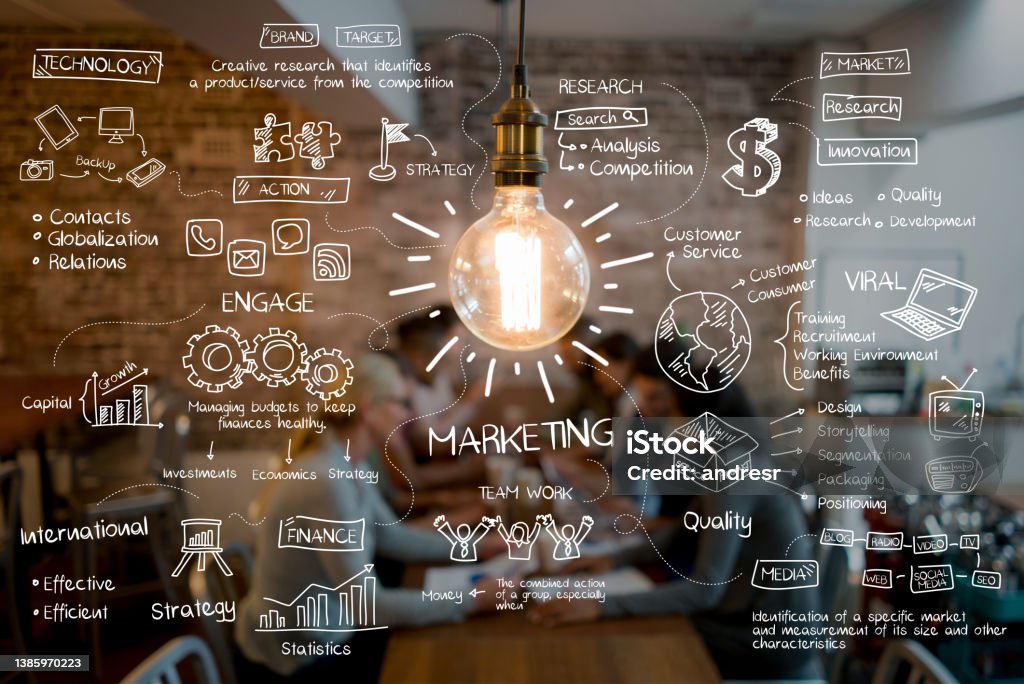Ai vs Plastic Product Manufacturing

How AI is Revolutionizing Plastic Product Manufacturing — And What 3D Designers Must Do to Stay Ahead
The world of plastic product manufacturing is undergoing a quiet but powerful revolution. No longer is this industry solely dependent on traditional molds, trial-and-error prototyping, or long production cycles. With the rise of Artificial Intelligence (AI), we’re entering a new era of precision, speed, and efficiency.
But in this changing landscape, one question becomes essential: What does this mean for 3D product designers? Are they being replaced, or are they evolving into something even more impactful?
Let’s explore how AI is reshaping the manufacturing process for plastic products — and the new responsibilities that come with being a modern 3D designer.
How AI Is Enhancing Plastic Product Manufacturing
1. Design-to-Production Automation
AI is drastically reducing the gap between digital design and real-world production.
- Advanced AI-powered CAD tools can now analyze your 3D models and predict issues like weak points, warping, or molding difficulties before production even begins.
- Mold flow simulation, once requiring expert knowledge and hours of setup, is now performed within seconds using AI-driven platforms like Autodesk Moldflow or Altair Inspire.
This means less guesswork, fewer iterations, and faster go-to-market timelines.
2. Machine Optimization & Predictive Maintenance
Manufacturing machinery embedded with sensors and connected to AI platforms can now predict failures before they happen.
- These systems analyze performance data in real-time.
- They automatically optimize injection molding settings for material flow, pressure, and temperature.
This results in higher uptime, less downtime, and lower maintenance costs.
3. AI-Powered Quality Control
AI doesn’t just optimize the machines—it also watches over quality.
- Computer vision and AI algorithms can inspect finished products for defects with higher accuracy than human inspectors.
- It also helps reduce waste by identifying which design elements lead to production issues or inconsistencies.
This means better product consistency and less material waste.
4. Moving Towards Sustainable Production
With climate concerns growing, manufacturers are under pressure to go green. AI plays a big role here too.
- It recommends eco-friendly materials based on product requirements.
- AI can suggest design changes that reduce plastic use without compromising strength.
- It helps optimize product geometry to reduce cycle time and energy consumption.
What Should 3D Product Designers Do in This New Era?
AI isn’t replacing designers—it’s redefining their role. Now, the best designers are not just artists, they are strategic thinkers who understand manufacturing and data.
Here’s how you can stay ahead:
✅ 1. Design for AI-Driven Manufacturing
Your designs should now work hand-in-hand with AI tools and production systems.
- Learn parametric and generative design techniques using tools like Fusion 360 or Rhino.
- Focus on designing for manufacturability (DFM): proper draft angles, wall thickness, and material flow must be built into the model.
- Create CAD models that are simulation-ready for AI systems to analyze easily.
✅ 2. Leverage Data & Feedback Loops
Use data to improve your designs, not just aesthetics but also performance.
- Use feedback from AI analytics to understand how your designs perform in real-world production.
- Collaborate with the production team to adjust your models based on mold flow or stress testing results.
✅ 3. Learn the Basics of Manufacturing
Designers now need a working knowledge of production processes.
- Understand the basics of injection molding, CNC machining, material shrinkage, and tolerances.
- Explore how AI tools help in simulation and try them hands-on.
This helps you make smarter decisions that save time and money in production.
✅ 4. Collaborate Across Teams
Designers no longer work in silos. You’ll be expected to work closely with:
- R&D teams (for innovation),
- Manufacturing engineers (for feasibility),
- QA teams (for tolerances and testing),
- And yes—AI developers too.
Cross-functional collaboration will be key to success.
Final Thoughts
AI isn’t a threat—it’s a transformation. It’s not here to take away jobs, but to change how those jobs are done. For the plastic product manufacturing world, AI brings efficiency, intelligence, and sustainability. For designers, it brings a chance to be more creative, more technical, and more essential than ever.
So if you’re a 3D product designer reading this: don’t fear the change—learn it, embrace it, and lead it.
This is the future of design. And it’s already here.